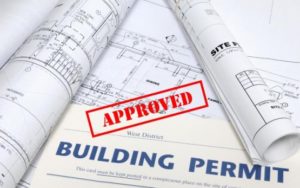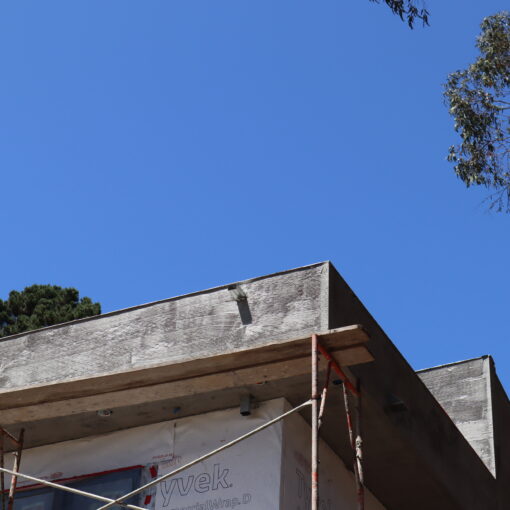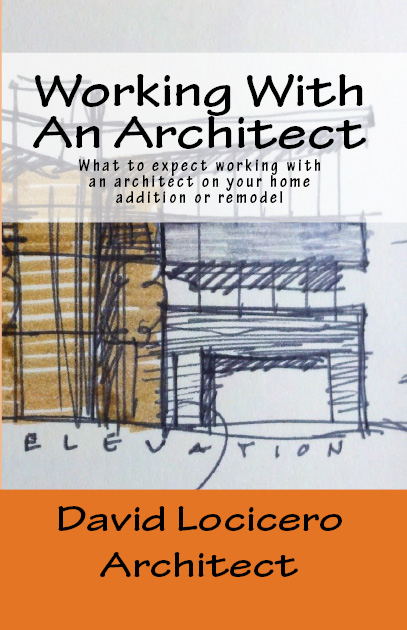In this business, we talk a lot about whether or not something has been “built to code”, or that we must do something because it is “required by the code”. In this post, I want to step back a little bit and examine this issue of code compliance.
The building code is the law. It outlines minimum standards to maintain life safety and healthy environments. The California Building Codes (CBC) are based on the International Building Code (IRC). The IRC is what they call a “model code” and is developed by building officials from around the world. National, State and local authorities can then use the model code outright or as a basis for their own building code.
In the United States, there is no national Code. Every state adopts it’s own building code. California starts with the IRC as a basis, then modifies it, heavily editing it to meet our local conditions (particularly around earthquakes and wild fires). The IRC is updated every 3 years. Our state and local codes are similarly updated, usually coming into affect 1 year after the IRC. For example we are currently working under the 2016 Code, which was updated and adopted by the state of California coming into affect in January 2017.

Almost every Bay Area jurisdiction then modifies the California Building Code. San Francisco and Los Angeles are famous for having extensive modifications to the state code. But Oakland and Berkeley, and every other Bay Area city and county I’ve worked in also have their own local modifications to the building code. The code, in all cases, is adopted by the State, County, and Cities, as law.
Let’s look at what the building code is rather than how it is adopted: it outlines minimum standards to maintain life safety and healthy environments.
Let that sink in.
The code defines the worst acceptable building practice.
The building code should not be viewed as the pinnacle of building standards. We should not look at complying with the building code as a significant achievement, or anything to be proud of. Complying with the code means we have settled for the worst acceptable building practice.
Look at it this way: complying with the building code is like being enthusiastic about driving a Yugo (a cheap, Eastern Block, rattling, death trap of a car), when you could be driving a Toyota or a Volvo.
A recent photograph published in the New York Times of a single house in Mexico Beach, Florida, surrounded by bare foundations where the neighboring houses have been obliterated is a testament to this point. All the surrounding houses had been built to code. This house had been built to higher standards that exceeded the building code. It is the only house standing.
(Go click on that link. The picture is astounding. And sobering.)
Did it cost more money?
Yes.
But, if you are looking at an investment in YOUR home, in the Bay Area where we are due to have a major earthquake in the next 20 to 30 years, do you really want to gamble that the worst acceptable building practices will be enough to keep your family safe?
Lets not fool ourselves that simply complying with the building code is going to mean our houses will be safe in an earthquake. If you really value the lives of your loved ones, maybe we should consider doing more than just comply with the building code.
For more information about building in the Bay Area, check out my Project Planning Cheat Sheet. You can sign up for a copy using the top form on the right hand side of this page. If you are ready to talk to an architect about your project, you can set up an Initial meeting with me online, also in a form on the lower right hand side of this page. Isn’t technology grand?





